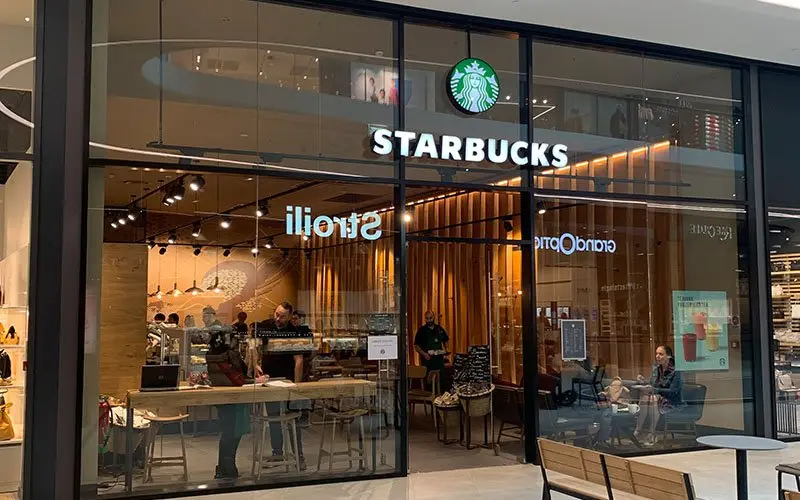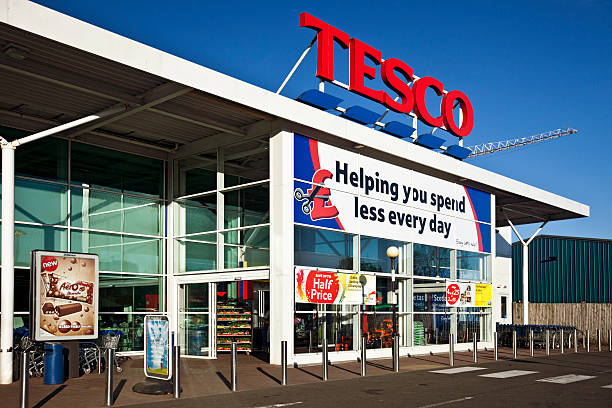Expanding your business internationally: five business failures abroad
Nike, Coca-Cola, Netflix, Apple, Ikea and more. It’s not difficult to find examples of successful international business expansions. Just think of the products everyone wears, eats or uses. On the other hand, some companies have flopped in their attempts to set up abroad. And it’s these failed attempts we’re going to look at here.
Here are five examples of international business expansion failures and the reasons why the development of these companies into a new market didn’t work!
The main reasons for failure when expanding a business abroad
Before giving you some examples of failed international business expansion, let’s look at the main reasons for failure.
Lacking interest in local culture
Not being interested in the culture of the country you’re expanding into can be very costly. For example, if you try to sell mascara in a country where women use little or no make-up, you’re unlikely to achieve your desired sales. It is therefore essential to carefully study the market in which you want to expand before stepping into it.
Ignoring market research
Carrying out market research is essential if you want to successfully implement an international expansion. It will allow you to analyse and understand the characteristics, opportunities and risks of the foreign market. You should carry out such a study before planning to develop your business in a foreign country.
Adopting the same strategy as in your own country
A lack of adaptation can also result in failure. This is understandable because you’ll need to adapt every aspect of your strategy to the practices of the target country, whether it’s negotiation methods, marketing methods or legal processes.
Using machine translation without proofreading
Finally, to attract your target audience, you need to make yourself understood by them. To do this, you need to use the right words, which will strike a chord with this new audience. It is therefore strongly recommended that you use a professional translator to translate your slogan, product sheets, advertising materials, etc. This will help you avoid misunderstandings and common errors associated with machine translation.
5 examples of companies that have failed when trying to expand internationally
Now you know some of the reasons that business fail when expanding abroad, let’s move onto some concrete examples. Here are five instances of failed international ventures (and why).
1. The Walmart flop in Germany and Japan

Walmart is a major supermarket chain in the United States. In 2022, the brand had 11,000 shops across the globe, 5,000 of which were in the USA. Yet, the American giant failed to replicate this success in Germany and Japan.
In 1997, Walmart set out to establish itself in Germany by acquiring the Wertkauf and Interspar chains, a total of 85 shops in the country. But nearly a decade later, Walmart went out of business with a billion-dollar loss.
Walmart’s move into Japan in 2003 began in a similar way, with the acquisition of Seiyu. Stores sprung up all over Japan, and even though their doors remained open until 2020, the American giant’s move ended in failure, costing Walmart $1.6 billion.
Interesting fact: the brand has also withdrawn from the market in South Korea, Brazil and the United Kingdom.
Why did Walmart’s expansion abroad fail?
Here’s why the supermarket giant’s strategy didn’t work in Germany, Japan and other countries:
- consumer preference: Germans and Japanese are not keen on department stores offering very low prices, preferring to find bargains in specialist shops and stalls
- different regulations: in Germany, Walmart’s strategy of driving prices down displeased local retailers, so the government ordered the supermarket chain to raise its prices
- local competition: Walmart under-estimated the power of local competition
2. Starbucks’ failure in Israel and Australia

Who hasn’t heard of Starbucks? With more than 15,000 cafés in 50 countries, including France, Norway and Greece for example, Starbucks is the world’s leading coffee roaster and retailer. Despite this, Starbucks’ expansion in Israel is a prime example of an international expansion failure.
The coffee connoisseur opened its first café in Israel in 2001 and the brand closed all its stores two years later.
They didn’t find an audience in Australia either. The chain began operating in Australia in 2000, but by 2008 had closed 61 of its 85 cafés in the country. And for a company with a reputation like Starbucks, this represents an abject failure.
Why did Starbucks’ expansion abroad fail?
Here’s why their strategy didn’t work in Israel and Australia:
- the size of the Israeli market: all the Starbucks cafés in Israel were in Tel Aviv, and this was simply not enough to meet the needs of a business model like Starbucks’
- incompatibility with local needs: Israelis like to drink their coffee strong and slow, while Australians are used to coffee with very little sugar (which is not the case with Starbucks drinks)
- over-ambitious: in Australia, the brand expanded too quickly, without sufficient preparation or study of the local market
Interesting facts: Australia already had a flourishing café scene. When Starbucks arrived in Australia, the locals simply weren’t prepared to abandon their small local producers.
3. Tesco’s unsuccessful expansion in the US

For those unfamiliar with the brand, Tesco is one of the UK’s largest supermarket chains. In 2007, It opened its first shop in the United States. As the brand was not very well known in the USA, it opted for the name ‘Fresh & Easy’.
Unfortunately for Tesco, things didn’t go according to plan across the Atlantic.
The American supermarket sector was very hard to conquer and with the launch of Fresh & Easy, Tesco lost around 200 million dollars. The losses continued to mount until the company left the US in 2013.
Why did Tesco’s expansion abroad fail?
Here’s why the chain wasn’t well-received in the US:
- Americans are used to large shops, where they stock up for several weeks, whereas Tesco’s Fresh & Easy shops were small, like those in the UK, where consumers are used to shopping on a more regular basis
- Fresh & Easy’s emphasis on “TV dinners” (ready meals) did not appeal to American consumers
- American customers did not like the automatic checkouts Tesco used, preferring to be served by real people and to have their shopping packed for them.
In short, the company did not fully understand American expectations. Although Tesco had been cautious in carrying out several in-depth market studies, the company made some ill-advised decisions at the time of its launch. For example, it opened a large number of shops in working-class neighbourhoods, even though its products were aimed at more affluent Americans.
4. The Home Depot drop in China

As mentioned in our article “The 5 Mistakes to Avoid When Going Global“, The Home Depot was not welcomed with open arms in China. And with good reason: China is the world’s biggest consumer meaning DIY culture is not well-developed there.
What’s more, as the cost of labour is relatively affordable in China, many Chinese prefer to hire someone rather than carry out repairs and work themselves.
On the other side of the equation, building contractors were not happy with the products offered by The Home Depot.
After opening its first Chinese shop in 2006, The Home Depot closed the last of its 12 shops in China six years later, incurring a loss of 160 million dollars.
Why did The Home Depot’s expansion abroad fail?
Here’s why the building supply chain’s strategy was not well-received in China:
- poor market assessment: homeownership is still relatively recent in China, and Chinese consumers do not have the DIY skills or the space to store tools
- poor targeting: in the US market, The Home Depot mainly targets men, who tend to take a keen interest in renovation work, whereas in China, wives and girlfriends often have more influence over the appearance of their homes
5. Airbnb didn’t catch on in China

In addition to some of the ones we’ve mentioned above, Several major companies have been unable to establish themselves in China. This was also the case for the Airbnb platform.
In 2016, the brand attempted to offer its services for the first time on the Chinese market.
But six years later, in 2022, Airbnb ended its activities in China, having encountered difficulties in carving out a place for itself.
Why did Airbnb’s expansion abroad fail?
The rental platform has not publicly stated its reasons for scaling back its operations in China, but here are some possible reasons:
- competition: the presence of cheaper Chinese alternatives with a better knowledge of local rentals may have deterred Airbnb managers
- market differences: running a business in China is different from running one in the West, and Airbnb may have found it too complex and costly
Expanding abroad: our advice on how to avoid failure
As you will have learned from the examples here, not everyone can successfully establish an international presence and there are many mistakes that can lead to failure.
Here are a few tips for setting up successfully abroad:
- carry out comprehensive international market research
- look at what works in the target country and what doesn’t work so well
- understand who is driving the purchase, so you can tailor your marketing strategy to the right target audience
- adapt your product or service to the preferences of local consumers
- don’t be too hasty, try out one or two shops rather than opening a dozen or so that are not as successful as you had hoped
Finally, don’t worry if you don’t get results as quickly as expected. The early stages of expanding abroad can be difficult, but if you persevere, you could reach your target market after a few months of trying.
Do you need a professional translation service to translate your website, product sheets and commercial documents? TextMaster is the service provider you’re looking for!






